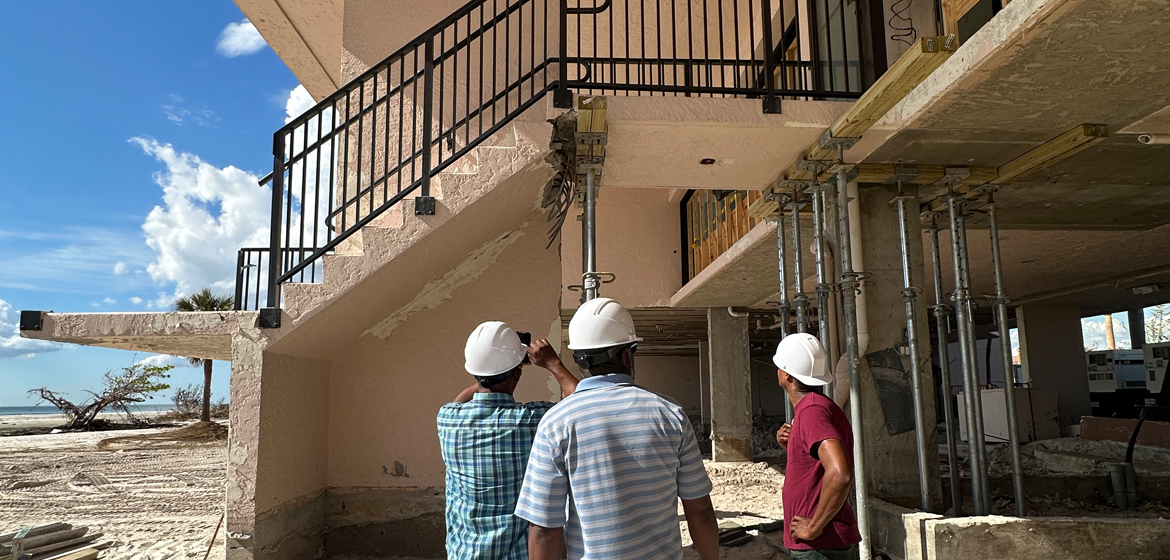5 Construction Delivery Methods Compared

When embarking on a construction project, one of the crucial decisions to make is choosing the right construction delivery method. The construction industry offers various approaches to project delivery, each with its own set of advantages and disadvantages. Selecting the most suitable method can significantly impact project outcomes, including cost, schedule, and quality. In this article, we will compare five common construction delivery methods to help you make an informed decision that aligns with your project’s goals and requirements.
Design-Bid-Build (DBB)
Design-Bid-Build (DBB) is one of the most traditional construction delivery methods. In this approach, the project is divided into three distinct phases: design, bidding, and construction. The process begins with the owner hiring an architect or designer to create detailed plans and specifications. Once the design is complete, the project is put out for competitive bidding, and contractors submit their proposals. The owner then selects the lowest responsible bidder, and construction begins.
DBB is known for its transparency and competitive nature. Owners have a clear understanding of project costs before construction starts, as contractors submit fixed-price bids. However, this method can be time-consuming and may result in a longer project duration due to sequential phases.
Design-Build (DB)
Design-Build (DB) is a more streamlined approach that combines the design and construction phases into a single contract with one entity, often called the Design-Builder. Under this method, the owner selects a Design-Builder who is responsible for both the project’s design and construction. This integrated approach aims to improve communication and collaboration among project stakeholders.
Design-Build offers advantages such as faster project delivery and potential cost savings through value engineering. It also reduces the owner’s administrative burden by centralizing responsibility with the Design-Builder. However, some critics argue that it may limit competition and transparency, as there is no separate bidding process for construction.
Construction Manager at Risk (CMAR)
Construction Manager at Risk (CMAR) is a delivery method that involves two contracts: one with a Construction Manager (CM) and another with a General Contractor (GC). The CM is typically hired early in the project’s design phase to provide input on constructability, cost estimation, and scheduling. Once the design is complete, the CM issues a guaranteed maximum price (GMP) for the construction phase. If the project exceeds the GMP, the CM assumes financial responsibility.
CMAR allows for early collaboration between the owner, CM, and GC, which can lead to improved project outcomes. The owner benefits from cost certainty, and potential design issues can be addressed before construction begins. However, the complexity of managing two contracts and potential conflicts between the CM and GC are challenges to consider.
Integrated Project Delivery (IPD)
Integrated Project Delivery (IPD) is a collaborative approach that emphasizes cooperation and shared risk among all project stakeholders, including the owner, architect, contractor, and subcontractors. In an IPD project, these parties enter into a multi-party agreement that encourages close collaboration from project inception to completion.
IPD aims to foster innovation and problem-solving while minimizing disputes. It promotes a “we win together, we lose together” mentality, which can lead to higher project quality and cost savings. However, the IPD process can be challenging to implement due to the need for a high level of trust and commitment among all parties involved.
Public-Private Partnership (PPP)
Public-Private Partnership (PPP), also known as P3, is a delivery method often used for large infrastructure projects. In a PPP, a private entity collaborates with a public agency to finance, design, build, and operate a project. The private partner typically assumes a significant portion of the project’s financial risk.
PPP projects can benefit from private-sector innovation and expertise, potentially leading to cost savings and improved project efficiency. However, the complexity of arranging financing and addressing public concerns can be significant challenges in PPP projects.
